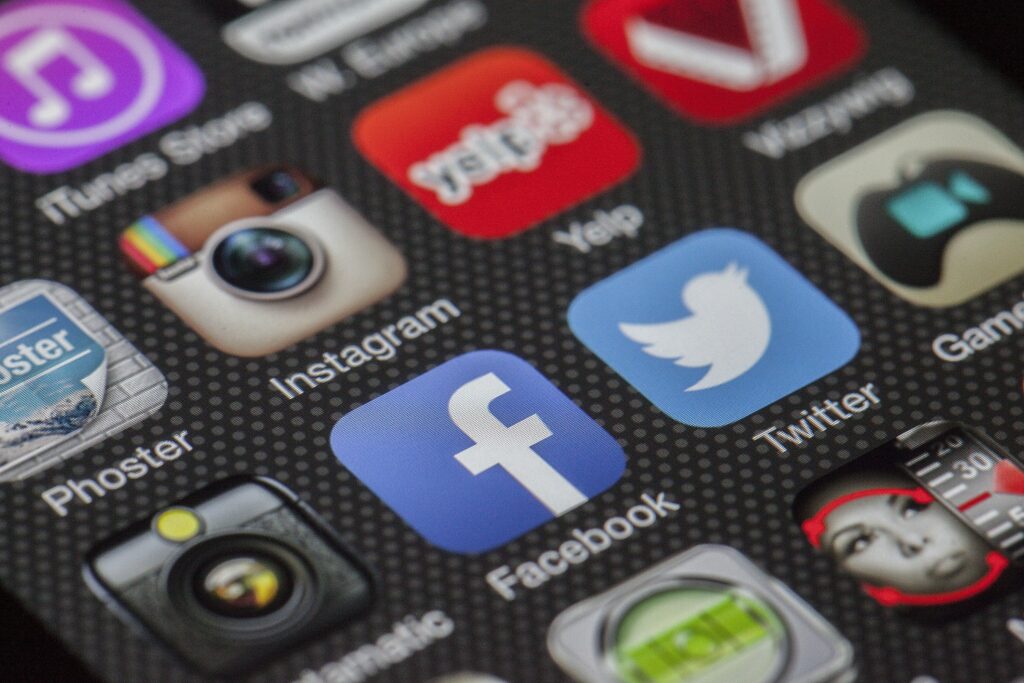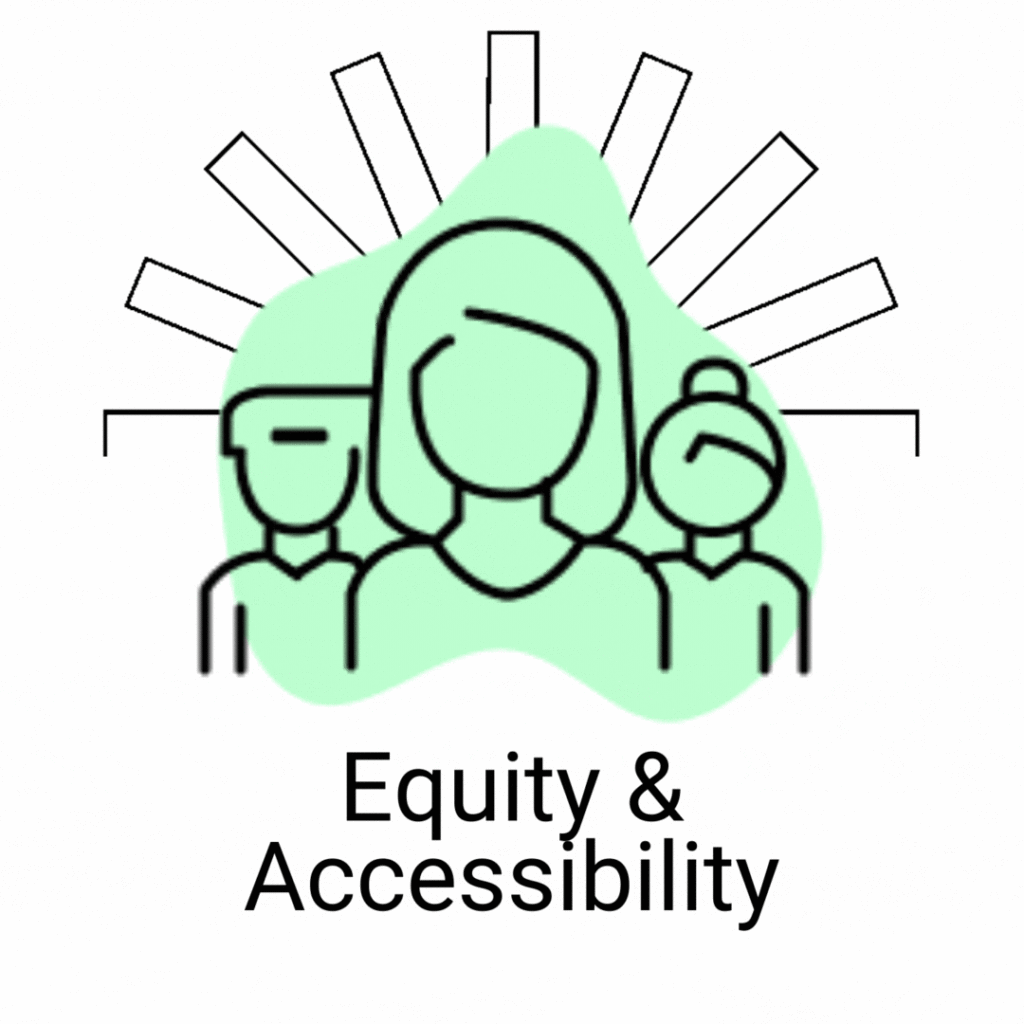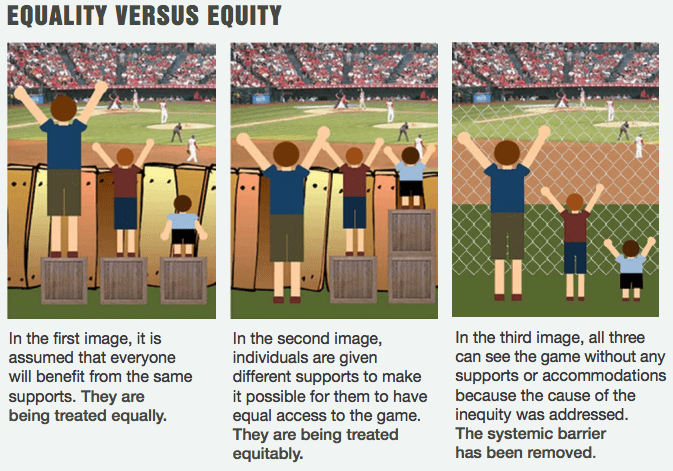
” What digital platforms are students currently using to develop their professional network?”
Students utilize a variety of social media sites to expand their professional networks and develop relationships. The most popular platform and one with the largest user base is LinkedIn (740 million members)[1]. Students also use applications like Facebook, Twitter, and Discord frequently, which enable them to join groups and receive any support they need. My program urged students to use and take advantage of LinkedIn’s perks, that is why started using it.
” What could the student consider in expanding their professional learning network?“
There are number of ways that students could consider doing to expend their professional learning network:
1- Make cooperation the motivating principle. Working collaboratively is the foundation of PLNs. As a result of involvement and the sharing of pertinent knowledge and information, a person’s PLN inevitably grows. Through collaboration, student can come together and share their interests. A strong, trustworthy network is created through sincere interest. Think about how your suggestions could impact a lot of people. The ideal driving force behind creating a PLN is social responsibility.
2- Participate actively. A PLN’s primary asset is its brainpower. Take the time to choose a certain topic and express it on your profile. Grow your PLN by sharing what you know about a certain topic. Keep relevant in your field. Remain informed. Try to post once a week at the very least.
3- Webinars and Networking events. Attend webinars, online conferences, and presentations led by professionals in various fields. This platform offers a great chance to pick up new skills. Additionally, you’ll make connections with those that fundamentally share your goals.
” How do data privacy and security limit and/or promote a PLN?“
Data privacy and security is absolutily necasary for everyone. Without it, students run the danger of their personal information being accessed by online criminals, who might use it to conduct fraud, pretend to be the victim, blackmail the victim and their family, among other things. The majority of individuals would be reluctant to network and post their information online if there was no data privacy and security.
” In your network how can you create a digital identity/ reputation?“
I can create a digital identity and protect its reputation inside my network by selecting the online persona I wish to use to represent myself. As my online reputation depends on the people and sites I follow, the information I publish, like, or share, and the comments I leave, I’ll exercise caution and respect in all of these areas. As I disclose private information in my personal digital identities, I will keep my personal and professional personas separate while being careful and responsible for my actions. my online identity and reputation are shaped in much the same way as my real-life identity. However, when I’m online, I don’t always have the opportunity to clarify my tone or what I mean, so I’ll stop to think before I publish anything. Being responsible can help me avoid leaving an unpleasant digital trail of my identity.
An employer would discover that I am responsible, professional, and kind if they looked at my social media presence through the lens of my online persona. I stay away from controversial topics and don’t publish anything unethical.



